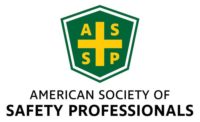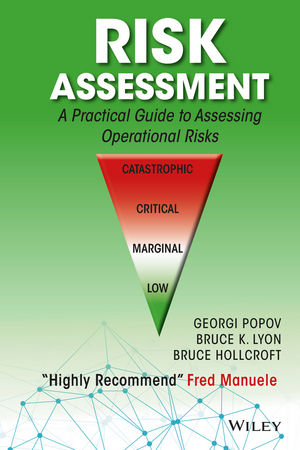Paragraph (c) of OSHA’s Occupational Safety & Health Standards - 29 CFR 1910.151 (Medical services and first aid.) requires “where the eyes or body of any person may be exposed to injurious corrosive materials, suitable facilities for quick drenching or flushing of the eyes and body shall be provided within the work area of immediate emergency use.”
A recent OSHA Info sheet details the adverse side effects caused by contaminated water from improperly maintained emergency eyewash stations.
Eyewash stations are required in facilities that use materials that could cause injury or infection to the eyes of its employees. When this safety equipment isn’t properly maintained, the stagnant water that collects has a greater likelihood of harboring potentially harmful organisms. According to the fact sheet, organisms including Acanthamoeba, Pseudomonas and Legionella thrive in stagnant, untreated water and are known to cause infections when they come into contact with the eyes and skin or if they are inhaled. The fact sheet specifies that workers using emergency equipment following an eye injury may be more susceptible to infection.
Exposure to Acanthamoeba can lead to infections of the eye. Pseudomonas, a common bacteria species, may cause eye, skin, muscle, lung and other tissue infections. If this infection spreads to the bloodstream, symptoms can include fevers, chills, shock, confusion and even death. Legionella can cause serious lung infections and lead to Legionnaires’ disease, a fatal form of pneumonia.
The Standard - 29 CFR 1910.151(c) does not provide specific instruction regarding the installation and operation of emergency eyewash and shower equipment. The OSHA resource recommends following manufacturer’s specifications for how often and long to activate plumbed and self-contained systems to reduce contamination..
Most manufacturers reference ANSI Z358.1, which specifies that eyewashes must have the capacity to deliver no fewer than 1.5 liters of tepid flushing fluid per minute for a full 15-minute flush. According to the fact sheet, plumbed eyewash stations and those with self-contained flushing fluids should both be activated weekly to avoid contamination. Therefore, it is the employer's responsibility to assess the particular conditions related to the eyewash/shower unit, such as water temperature, flow control, accessibility, and activation to ensure that the eyewash/shower unit provides suitable protection against caustic chemicals/materials to which employees may be exposed.
ANSI standards become mandatory OSHA standards only when, and if, they are adopted by OSHA; ANSI Z358.1 has not been adopted by OSHA. In comparison with the OSHA standard at 29 CFR 1910.151(c), however, ANSI Z358.1 provides detailed information regarding the installation and operation of emergency eyewash and shower equipment. OSHA has often referred employers to ANSI Z358.1 as a source of guidance for protecting employees who may be exposed to injurious corrosive materials.
For more information on ANSI Z358.1 Requirements, visit www.Hawsco.com/ANSI
OSHA Info Sheet (2015), https://www.osha.gov/Publications/OSHA3818.pdf



